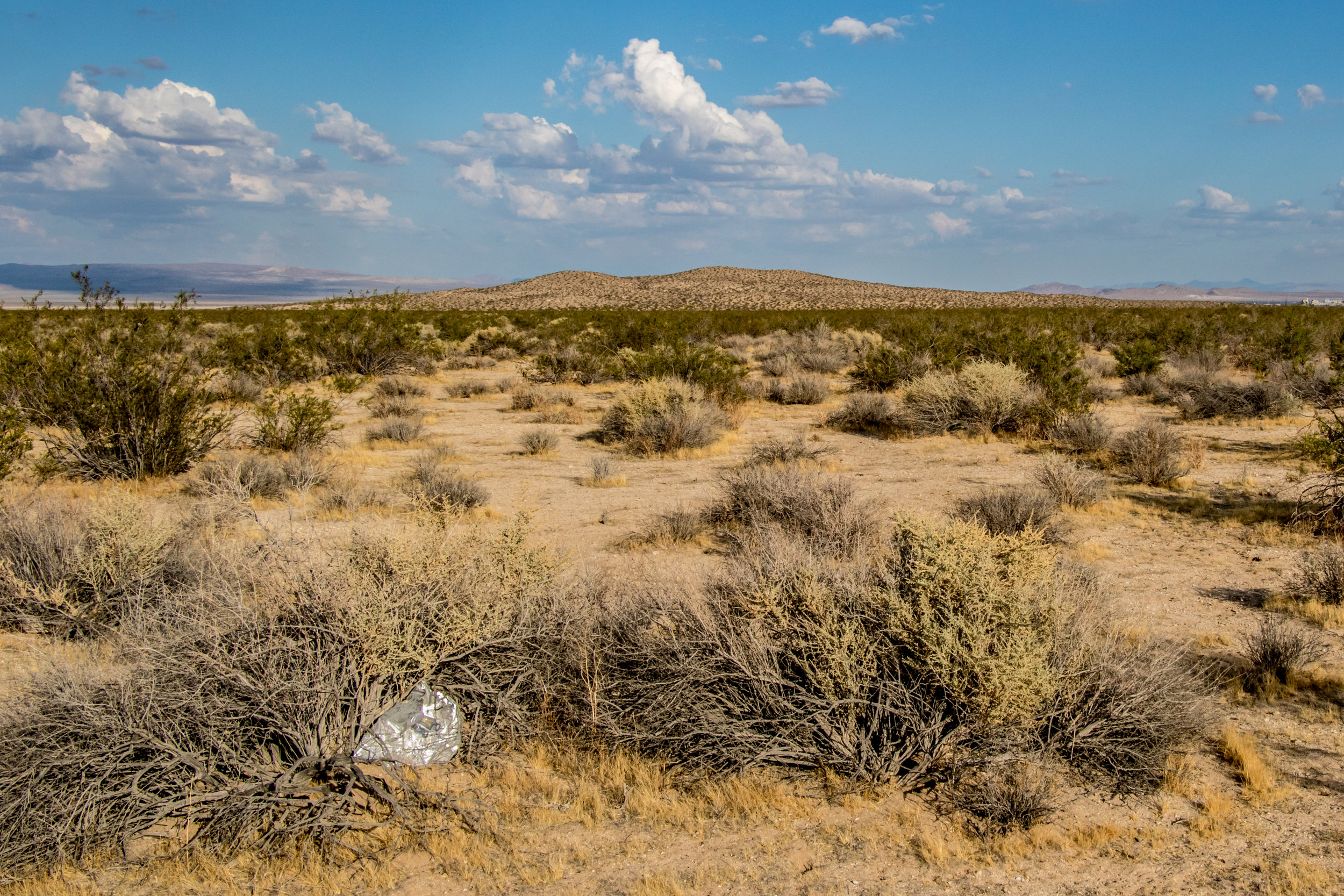MYLAR MAYHEM
BALLOON INVASION
Most of us recycle and reuse, thereby reducing our landfill footprint by paying attention to how we dispose of waste. We’ve been trained to save cans and bottles, put recycled waste into separate containers, maybe even compost our organic matter and dutifully incorporate earth-friendly choices. We teach our children to do the same, and to respect wildlife and to love the earth. Yes, we are real sticklers for the environment, but, yet, we still follow the age-old tradition of releasing balloons for school events, grand openings, weddings, memorial services and other ceremonies. If you think about it, what’s the difference if someone throws a piece of trash out of a car window, or tosses it up into the sky? We never think of where that balloon will end up, but it’s likely it will make it to National Forest land or other wild and open space where it can pose a real risk to wildlife, not to mention, littering areas previously untouched for the most part by humans. It is getting more difficult to find places that are not impacted by humans in one way or another.
These balloons were found in our Puma Canyon Ecological Reserve in Pinon Hills
Both Mylar balloons and latex balloons pose a threat. In addition, the attached ribbons have been known to entangle birds, especially waterfowl and other large birds. There are stories about sea turtles swallowing balloons thinking they are jelly fish, desert tortoises mistaking the bright colors for tasty flowers and marine mammals ingesting them in their normal feeding behaviors. It’s not cool.
Balloons make their way under shrubs that tortoises use for shelter
LOCAL EFFECTS
The field crew at Transition Habitat rarely, if ever, return from the field without picking up at least a couple of balloons out of shrubs, cactus or floating across the ground. I was recently exploring in one of our desert project areas and found six separate Mylar balloons within a few acres. Multiply this by millions of acres of private and public wildlands. It’s astounding. These balloons are not going to go away. There are so many ways to celebrate events without using them. All it takes is for the word to get out, for you to stand up against balloon releases in general and suggest alternative ideas to your friends, associates and family.
These latex balloons were found on one of our 80-acre parcels in tortoise habitat
ALTERNATIVE IDEAS
Contact your area's local Resource Conservation District or native plant nursery to get seeds from local native plants and create native plant seed bombs. Kids can have fun making them and then “plant” the bombs into their own yards. With a little planning, a tree or native shrub can be planted in honor or memory of a loved one. Or how about a Birthday/volunteer day at a local non-profit with donations given in the name of the guest of honor? Clean up a trash-filled lot in your neighborhood, then go home and celebrate. Try to use party supply decorations that can be reused or recycled. Throw bird seed instead of balloons! Think of creative and self-sustaining ways to celebrate while encouraging no waste. -W.Walker
Balloons are making their way into areas previously untouched by humans
For more information, read on:
Eco-friendly Party tips
http://www.sheknows.com/holidays-and-seasons/articles/814763/10-eco-friendly-kids-birthday-party-tips-1
Seed bomb DIY
https://seed-balls.com/seed-ball-recipes-some-considerations
Tortoises and balloons
http://blogs.sierraclub.org/greenlife/2013/02/garbage-patches-in-the-desert.html
http://www.fourthcrossingwildlife.com/WhatGoesUp-LanceFerris.htm




